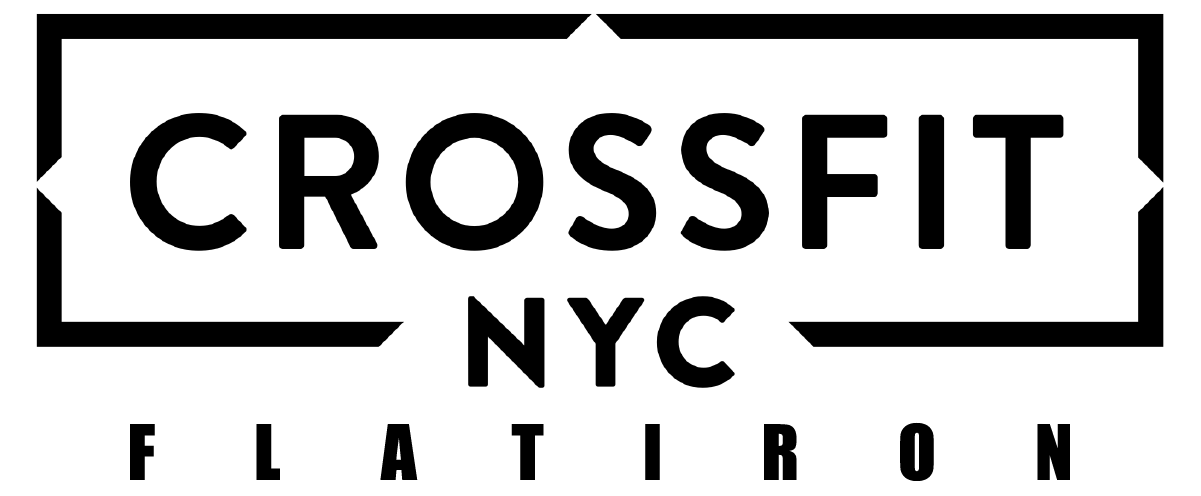Doug: I was wondering if Brian has any advice or thoughts about mental focus during weightlifting. There are days when I get the movements completely wrong, as if my brain stops working. It seems I need to visualize completing the lift or movement beforehand to help do it correctly. Another coach once told me to get angry before a lift. I guess that’s a way of focusing! Thoughts or tips?
Did you know that there are eight phases in a single gait cycle (from one right foot heel strike to the next right foot heel strike)? Yet we do not think about all the steps while ambulating across the room. We have a simple mantra in our head (get from point A to point B), and we adapt to any constraints along the way such as side stepping around a person in the way or over a barbell on the ground. Through experience and exposure to different constraints we more easily adapt to different situations of getting from A to B in the most efficient manner (the path of least resistance). We must strive to achieve similar thinking when it comes to many of the exercises we perform.
Overthinking (internal focus) can be detrimental to performance because we can get caught up in a mental checklist of things that we “must” do prior and during executing a task (set my back, place my feet here, extend my knees, don’t lean too forward, etc). This often leads to impairments to automaticity and fluidity, and increased interference in completion or retention of a skill. Your thoughts cannot send the impulse from your motor cortex to your muscles quick enough to create motion. Doing so leads to choppy and contrived motion. Our goal then is to minimize our thinking and to avoid the dreaded paralysis by analysis.
Therefore a better approach is to focus on the outcome you want to achieve (external focus). Psyching yourself up prior to a heavy squat, press, or deadlift is one effective strategy. Being aggressive and using an aggressive cue or mindset (“rip the bar from the ground” or “push the floor away”) will result in a stronger output and increased success. For more complex movements, “stand up and squat down” or “jump and catch” are better cues or focus points rather than going through an extensive checklist of “extend my knees while keeping my back at the same angle, then extend my hips and back completely with my leg extension, then pull myself under into a squat…” while performing a snatch or clean & jerk. The broad thought or mantra is the umbrella that encompasses these different tasks with the utmost brevity.
Visualization is one of my favorite things I learned when studying motor learning, and is very useful for skill retention and acquisition. I personally believe it is better for more complex movements such as the Olympic lifts. When you visualize a specific task, the same cortical pathways in the brain are activated as if you were performing the task. Visualizing the perfect snatch or clean & jerk prior to execution is a great mindful practice to have that may enhance your performance. You can also watch someone performing the same movement and it will achieve a similar effect. Be sure to watch someone proficient, however. I distinctly remember at one weightlifting competition my coach threw a towel over my head as I looked around at the other competitors. He was quick to admonish my wandering eyes and said in broken English “don’t watch, you pick up their bad habit.”

